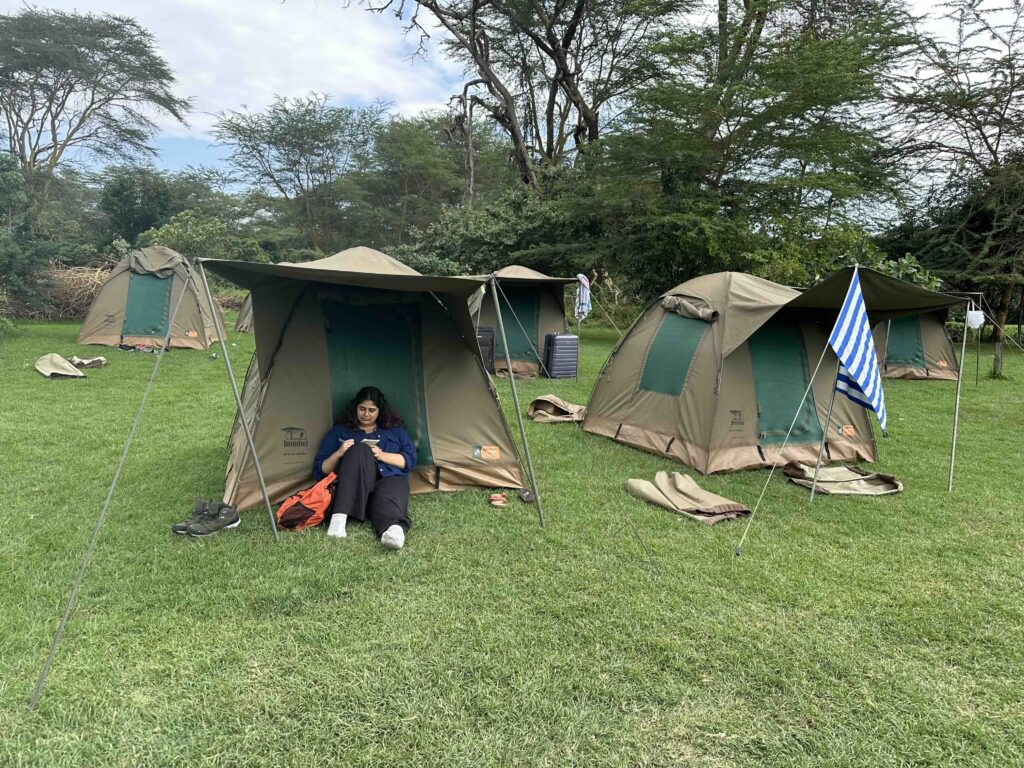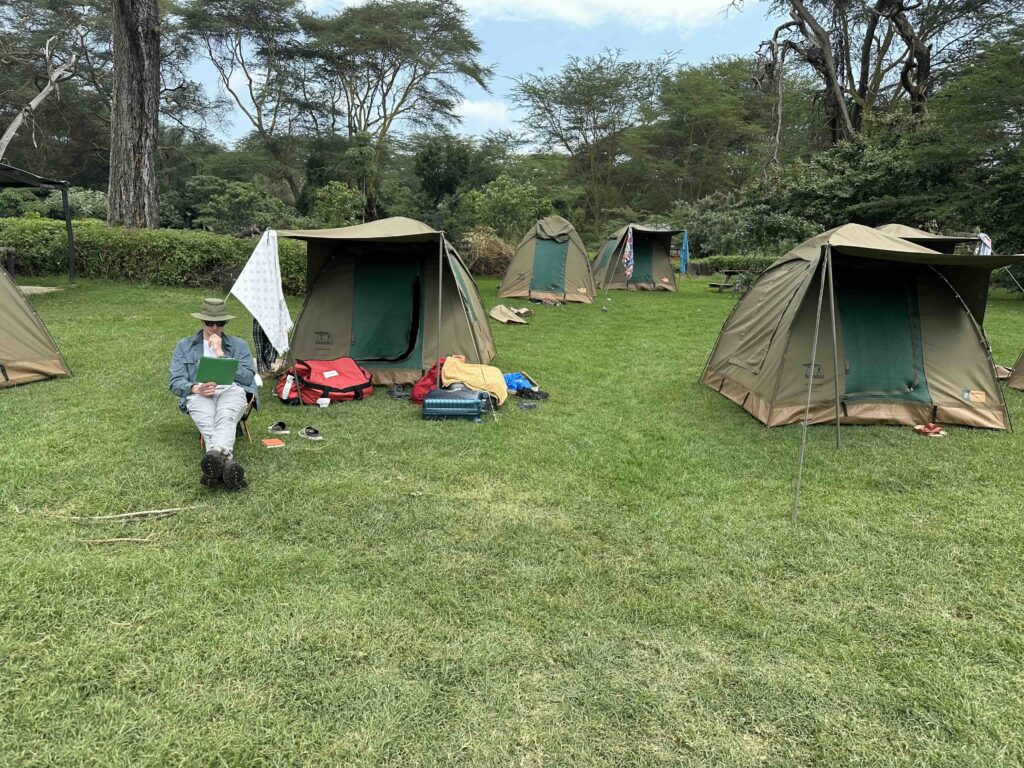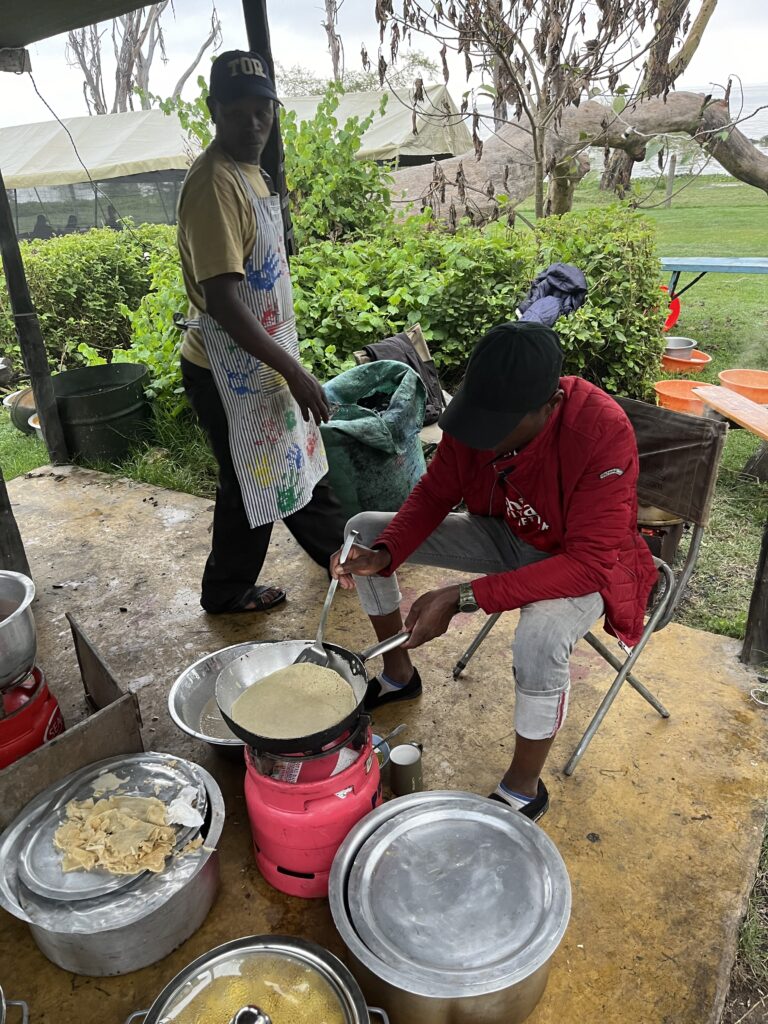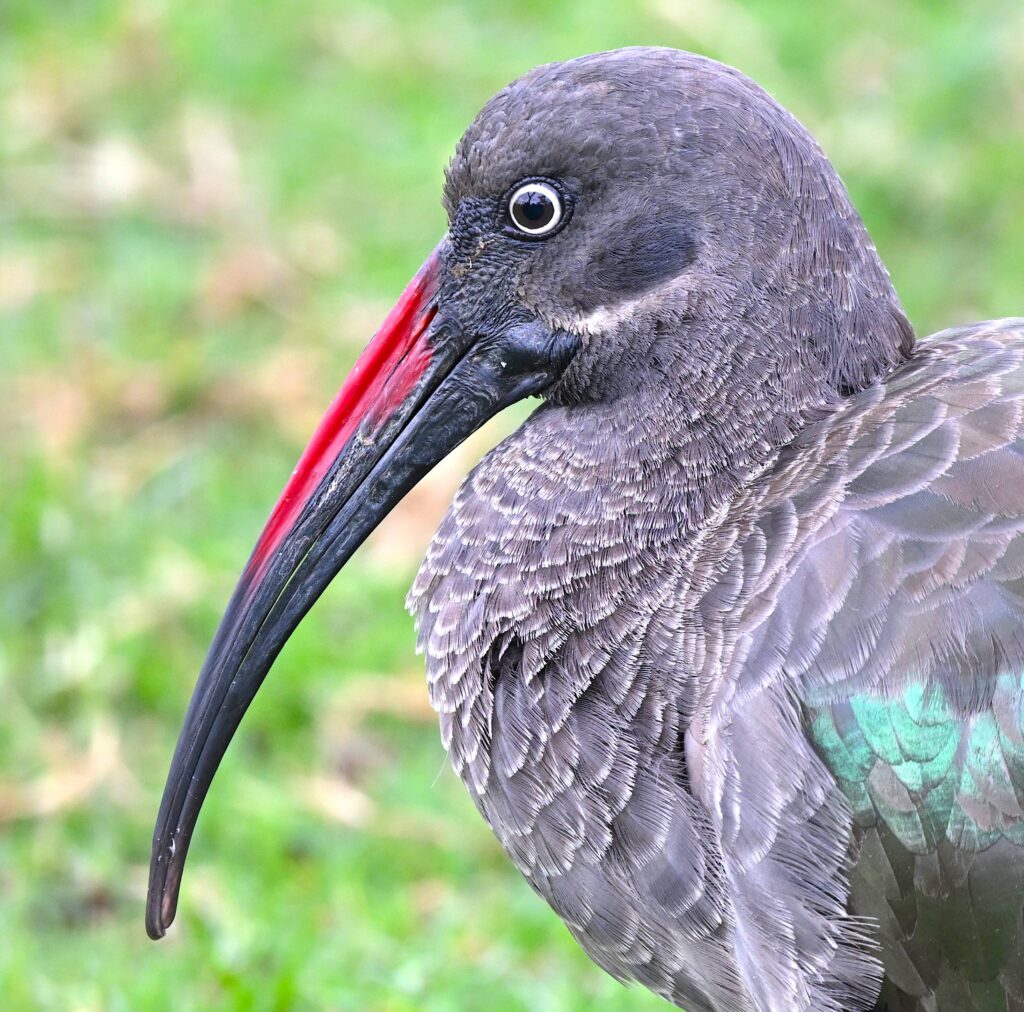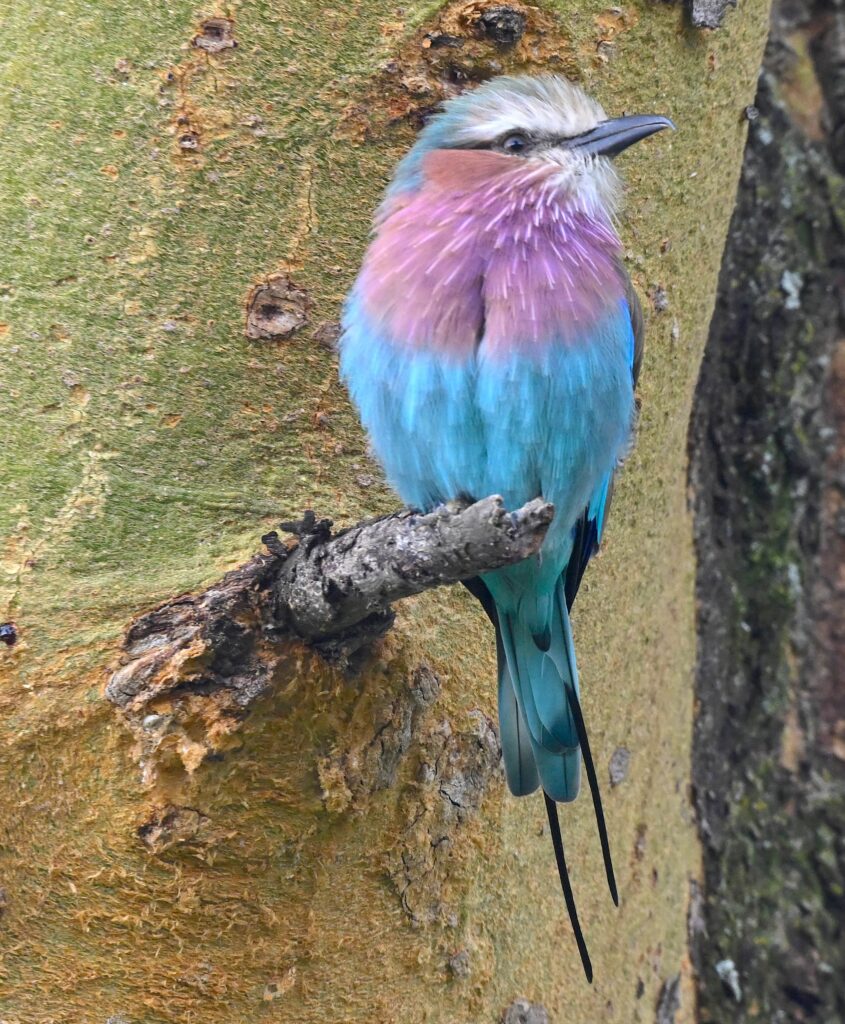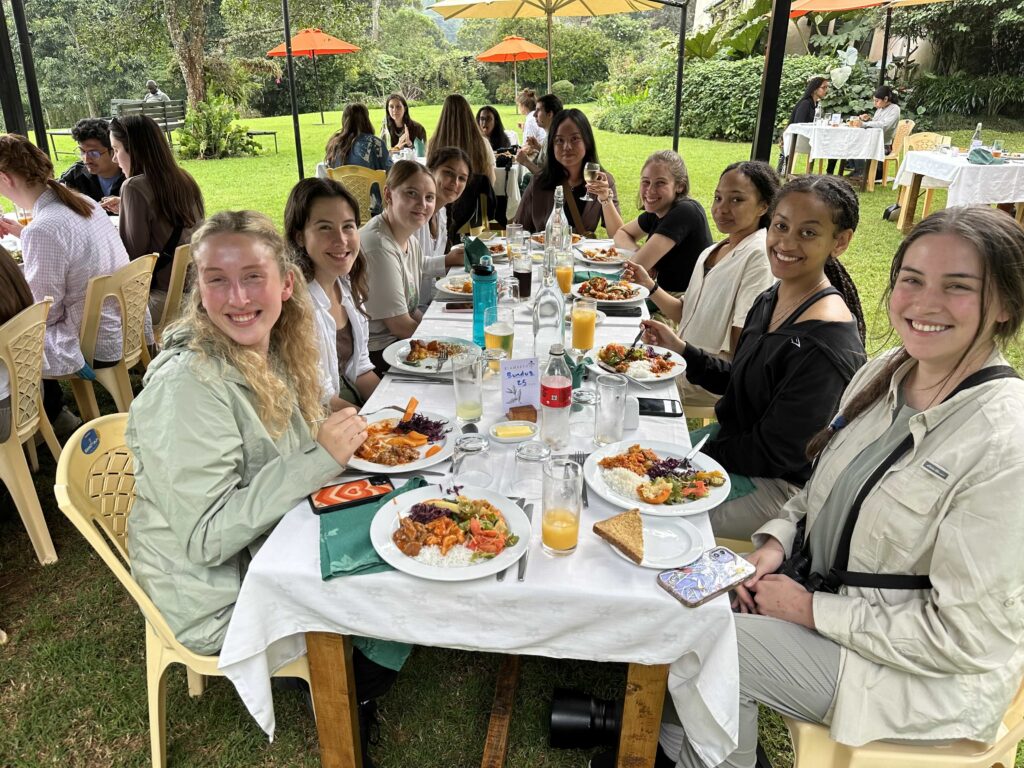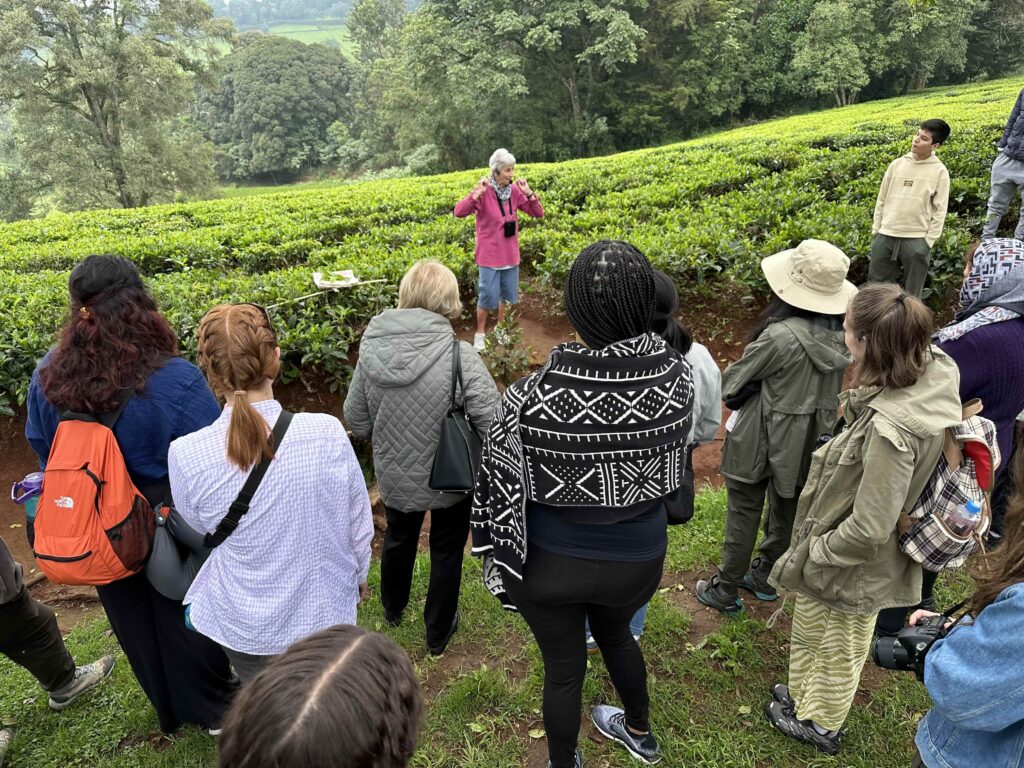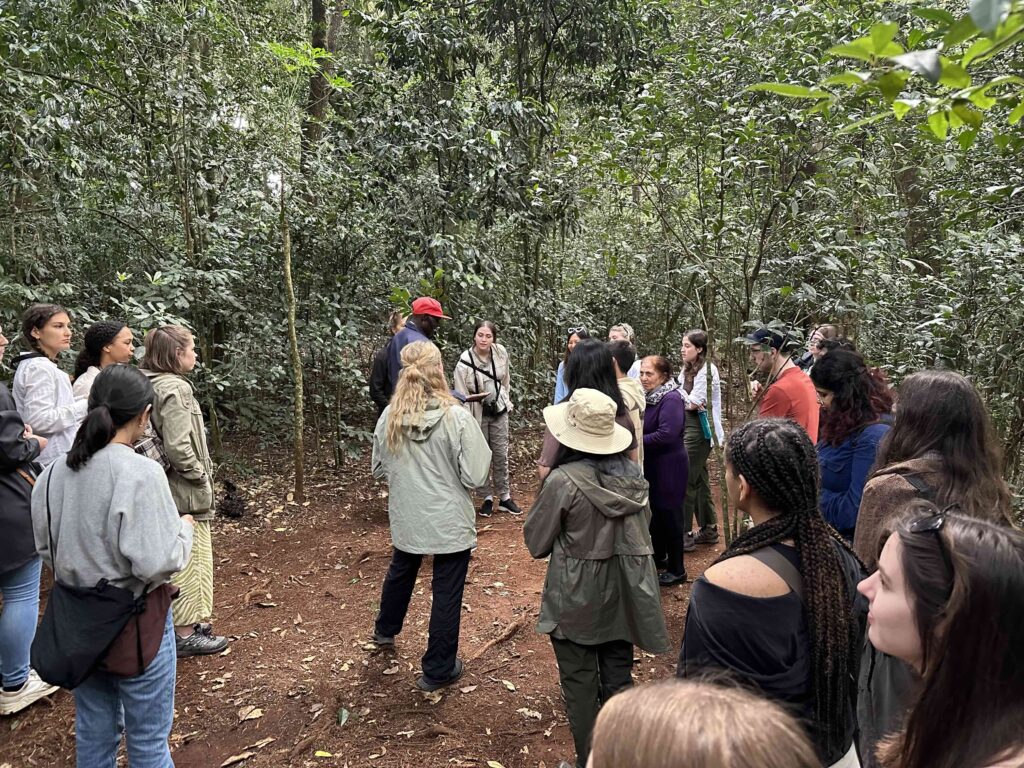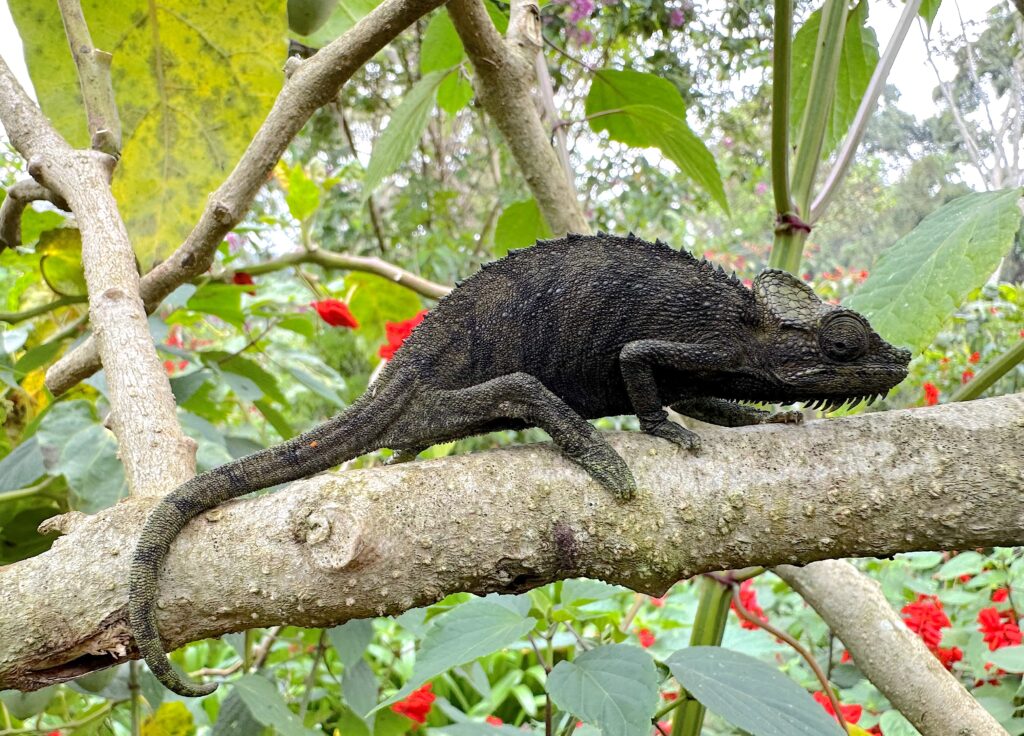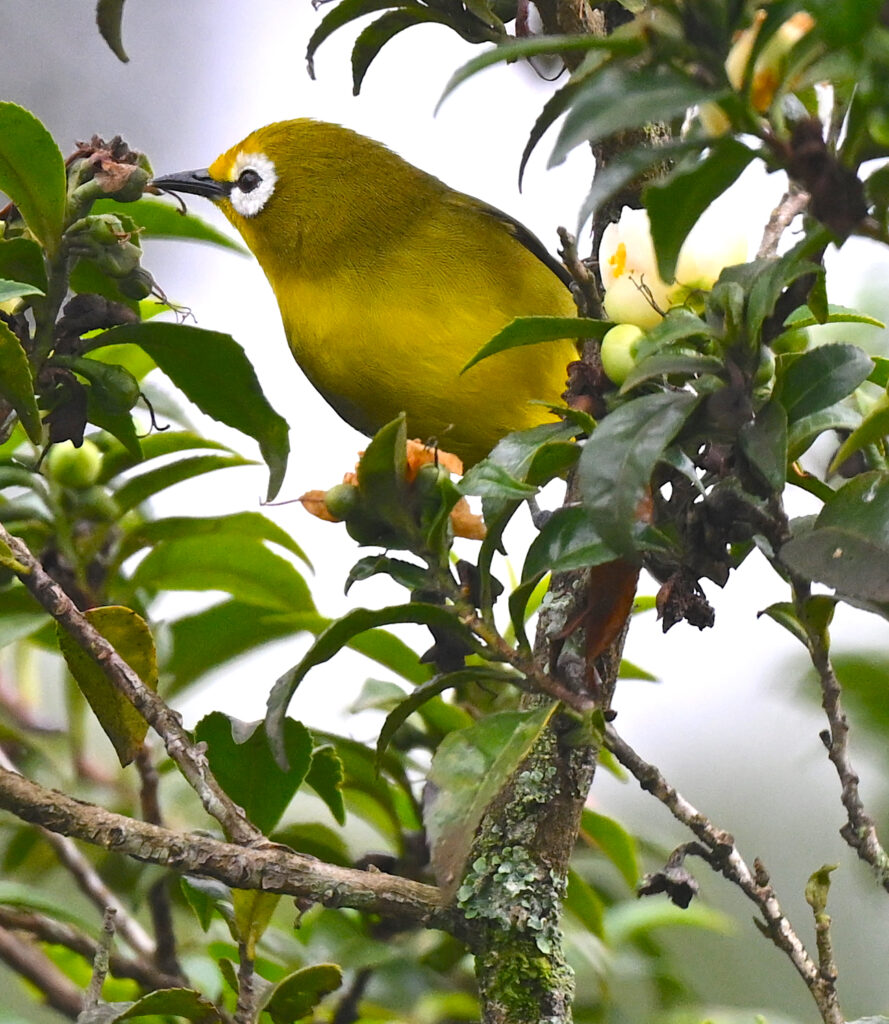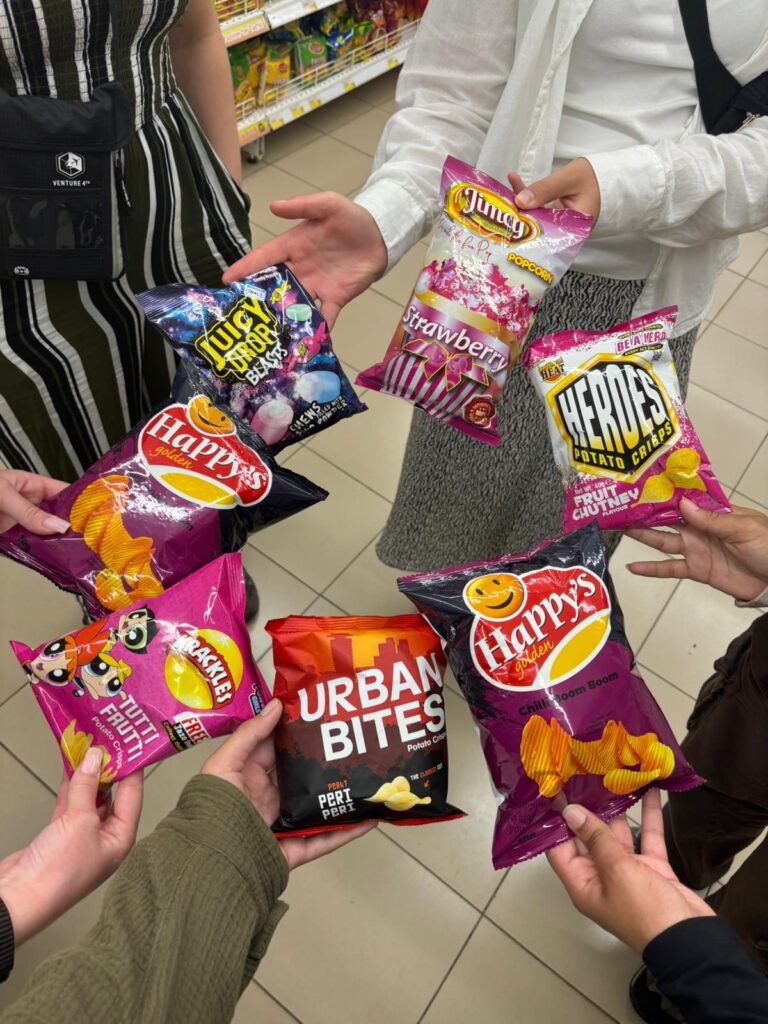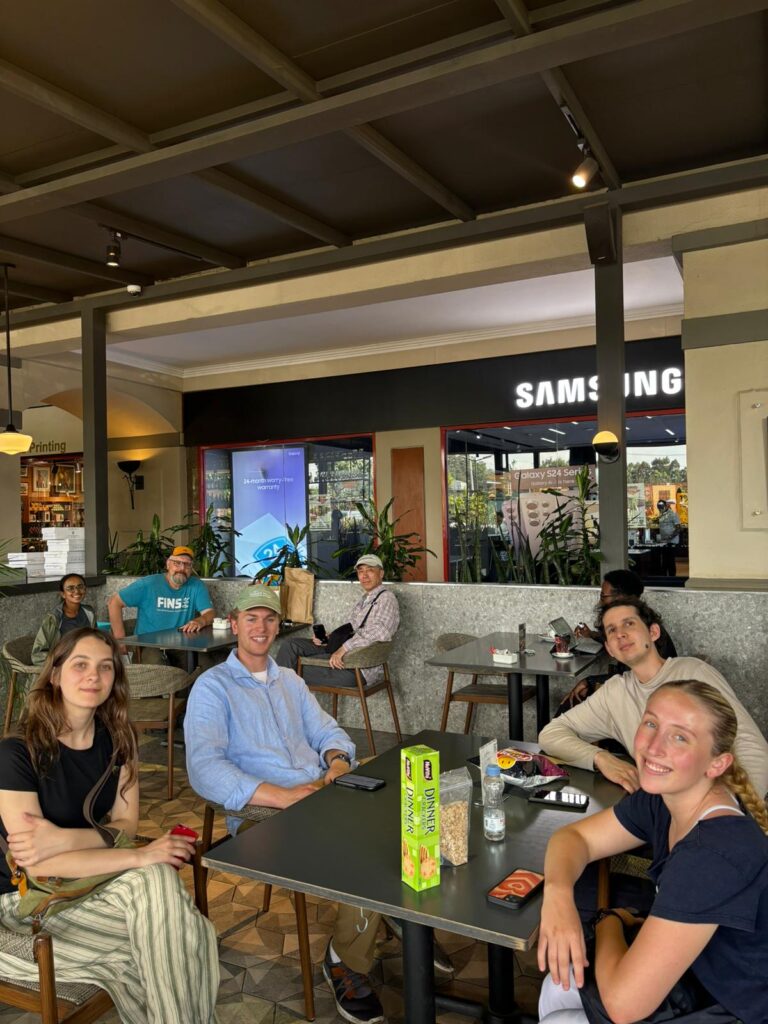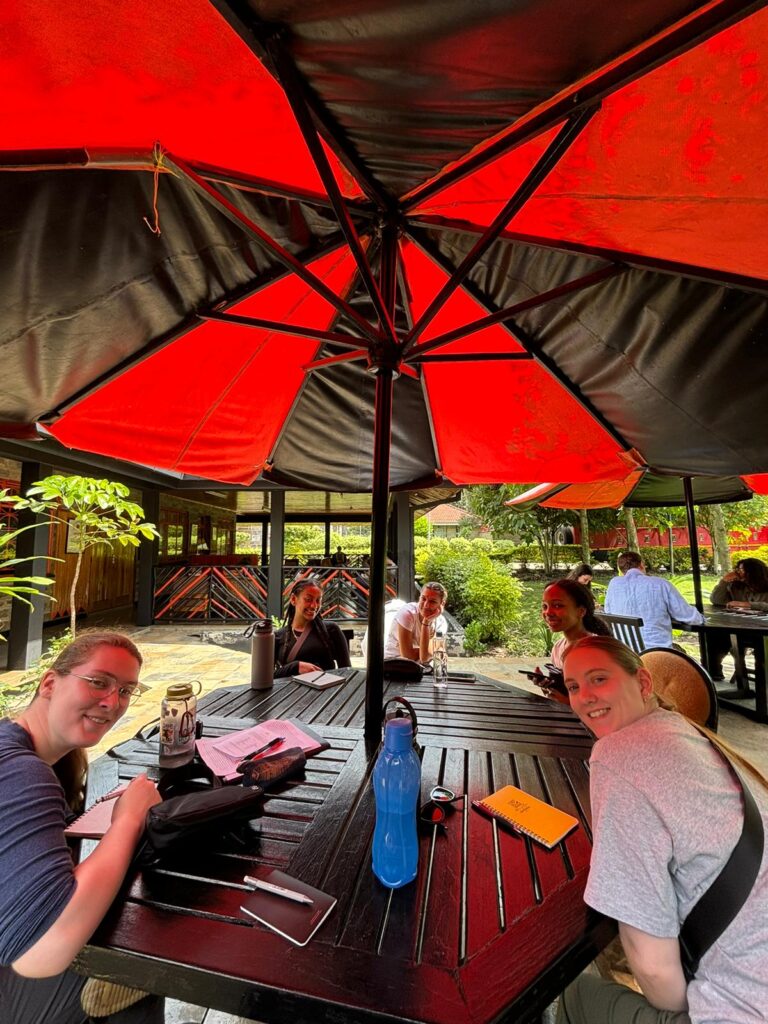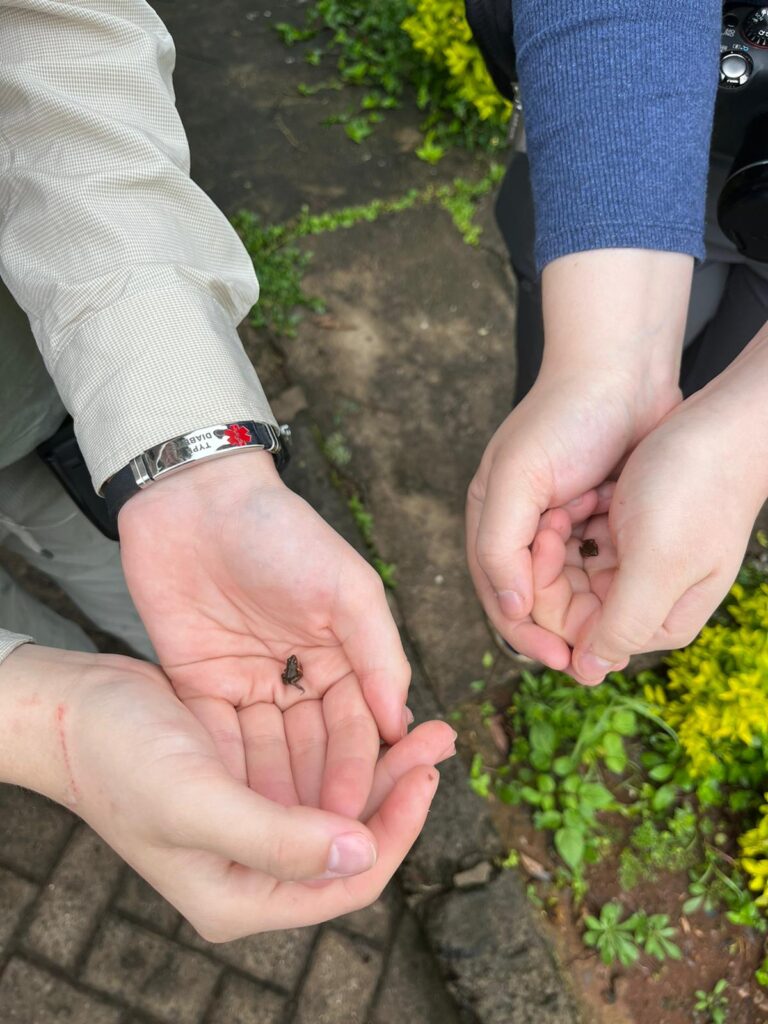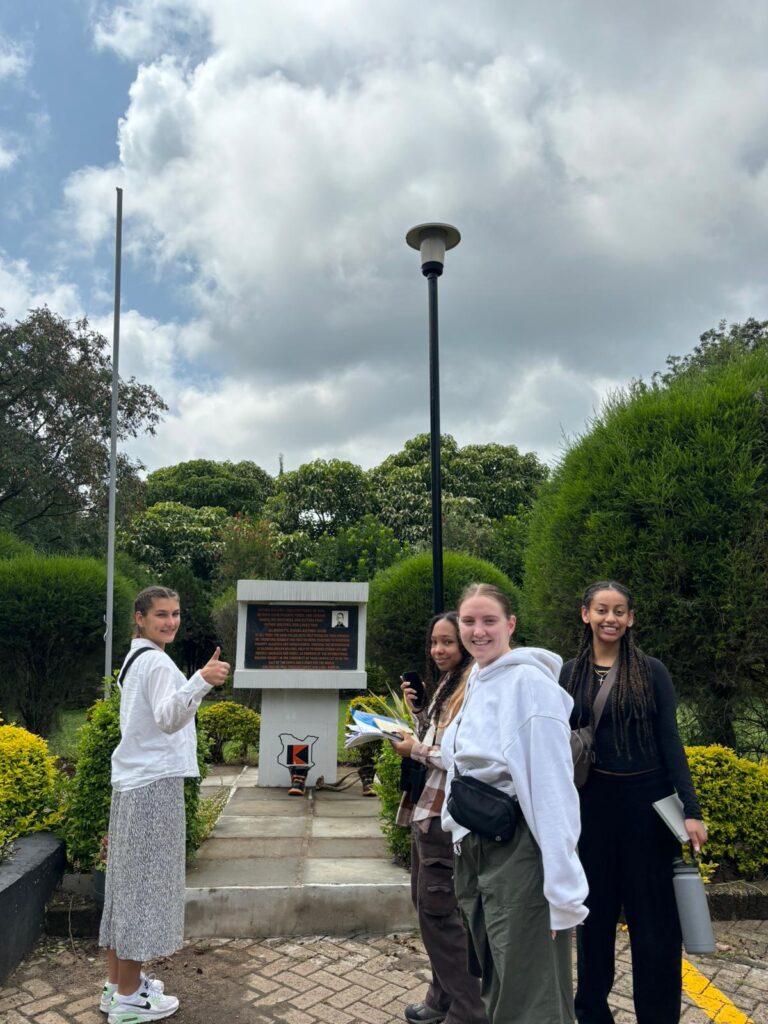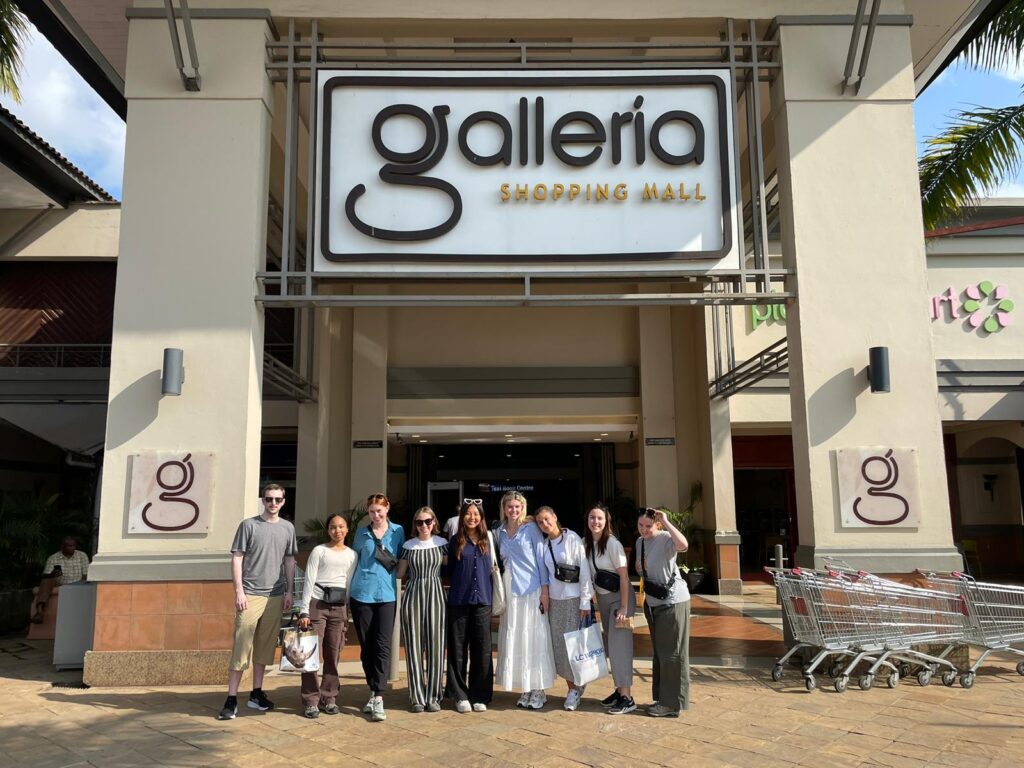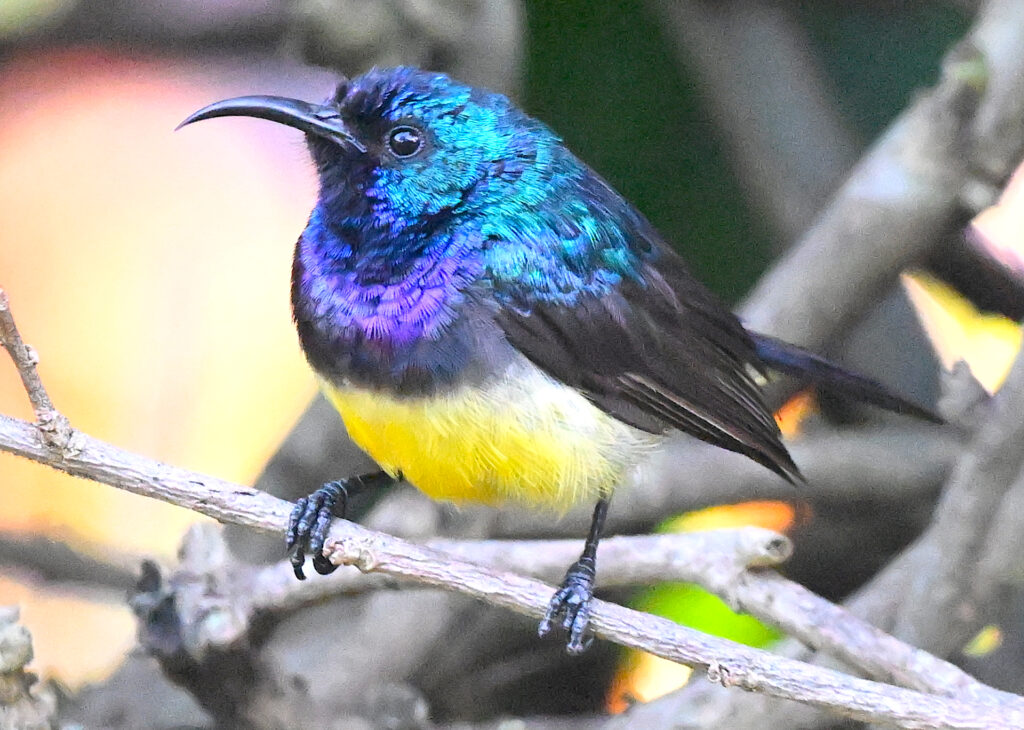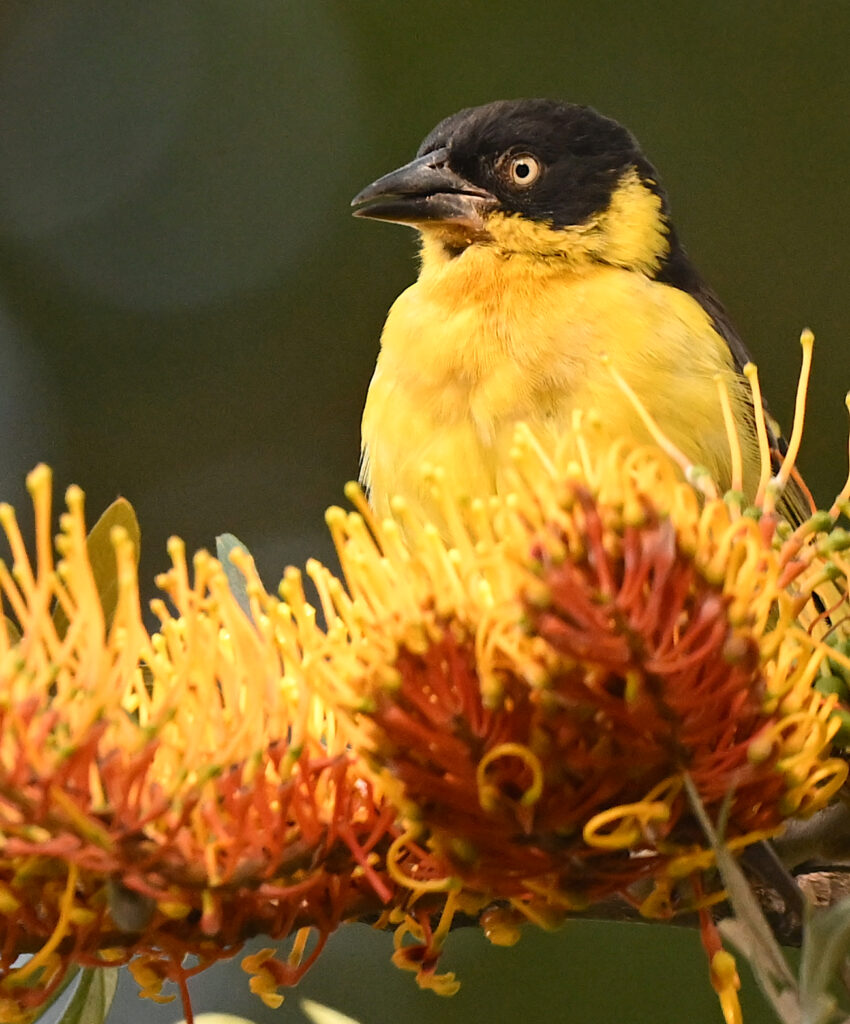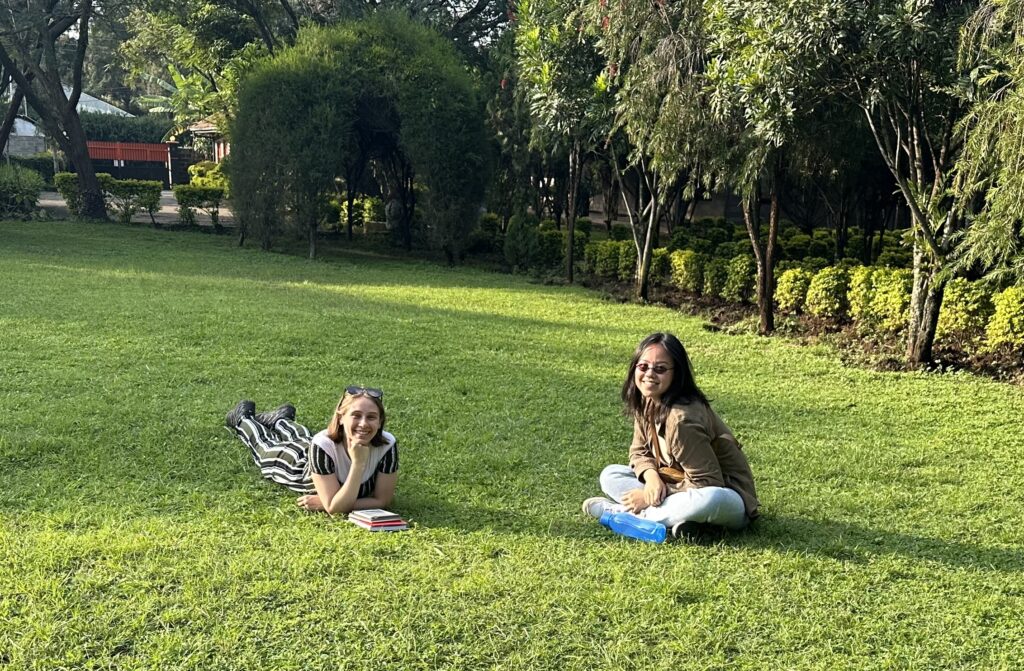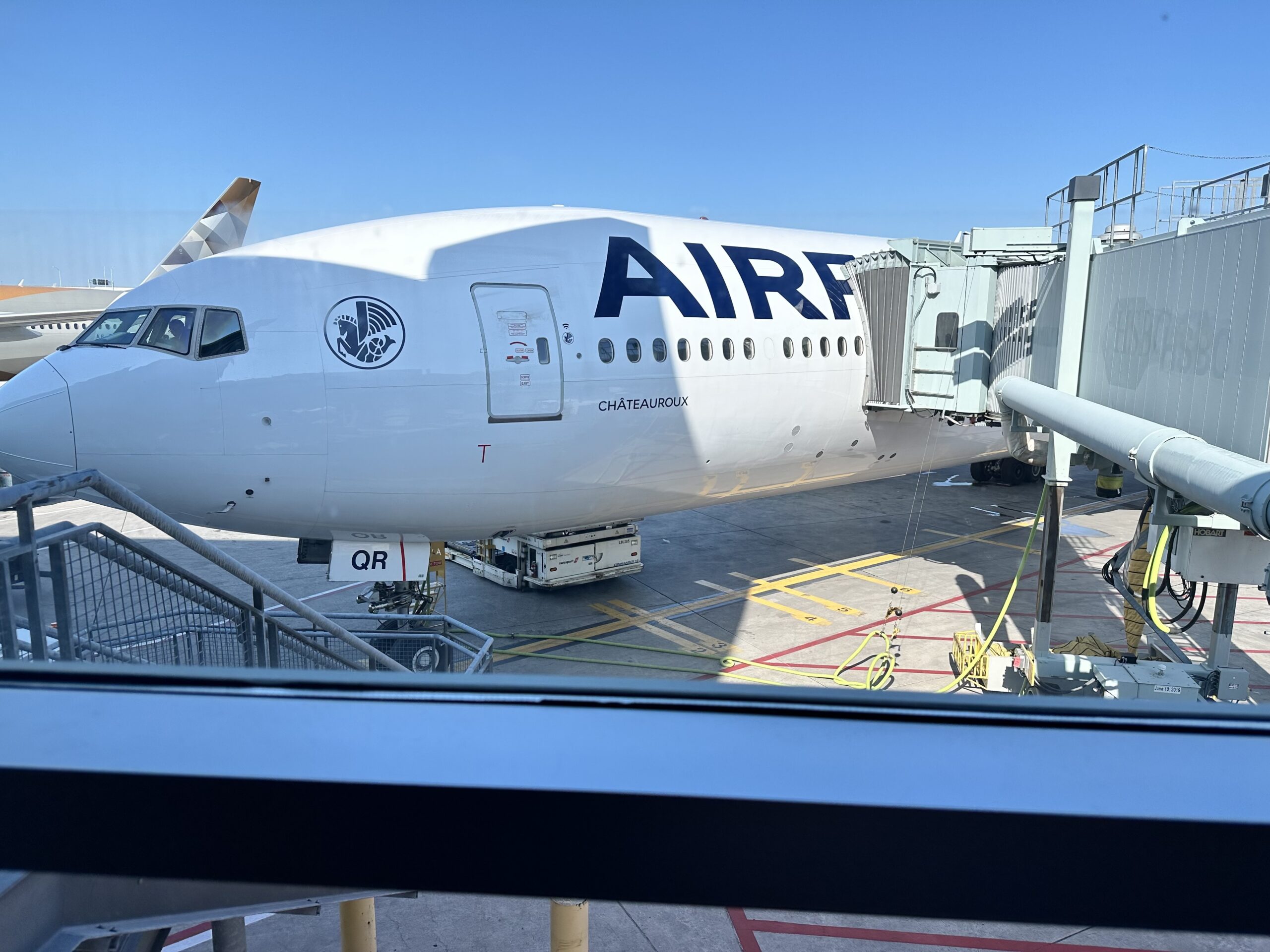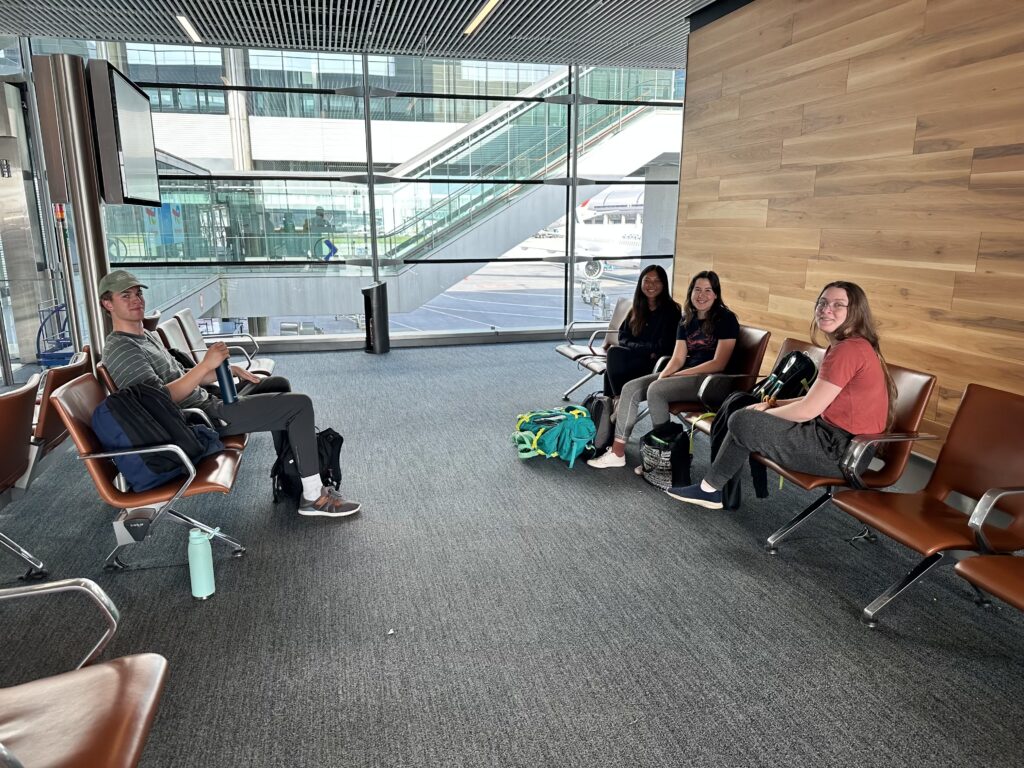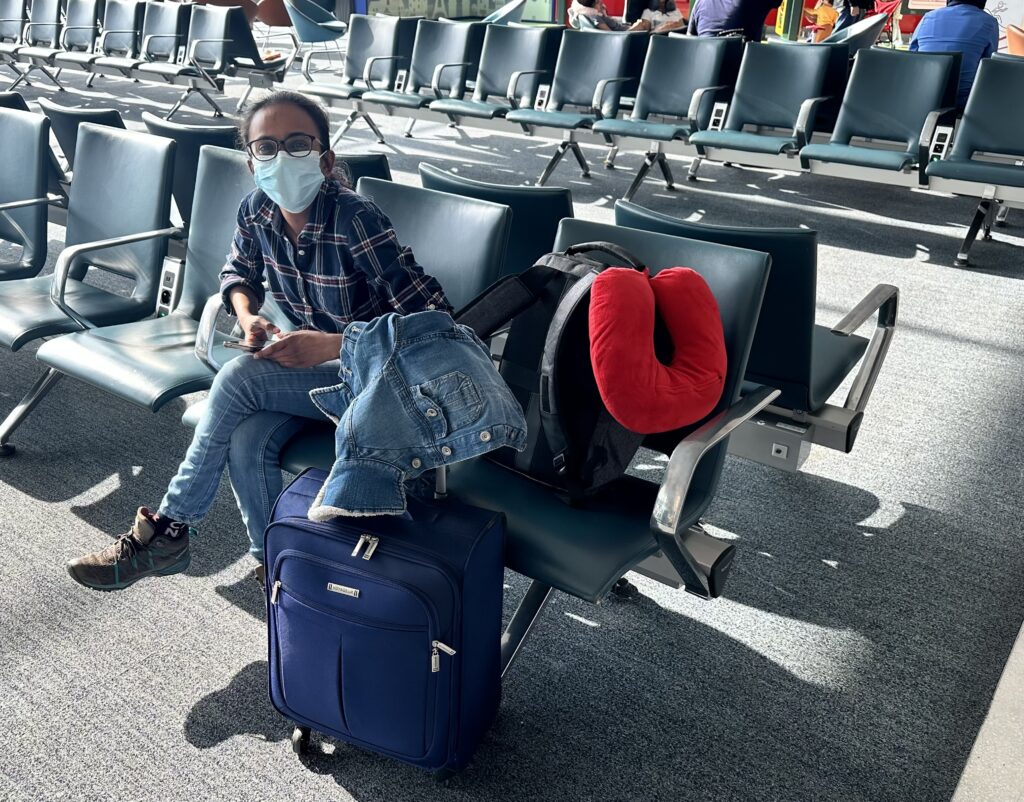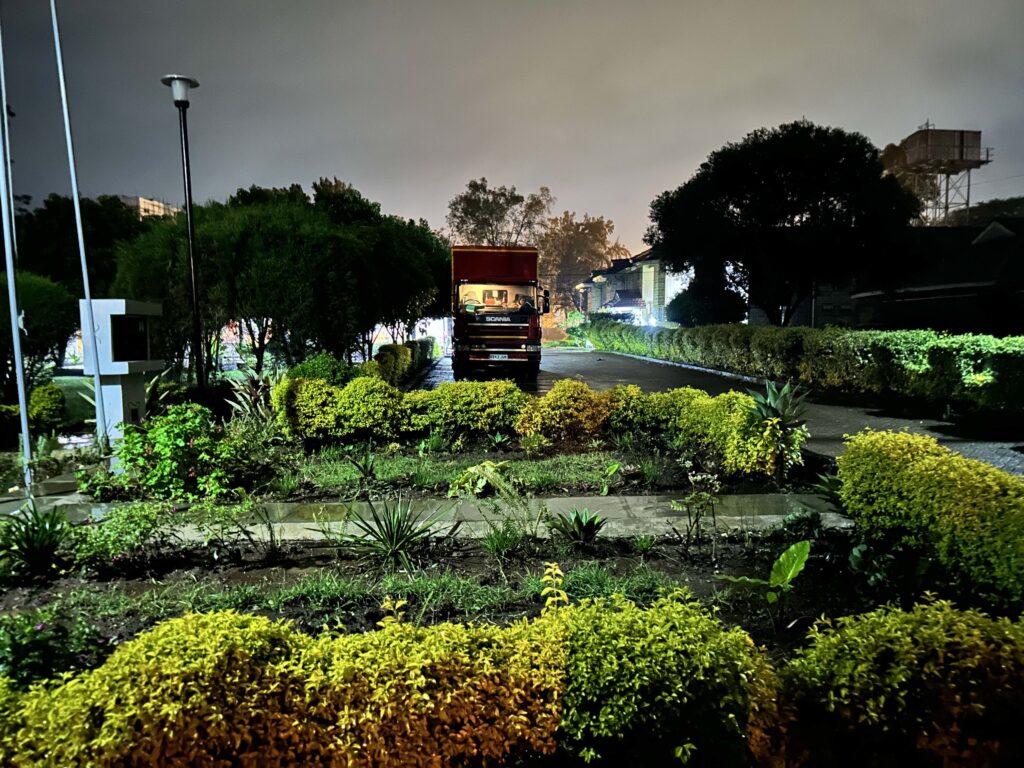Isabella, Megan & Mica Mae
We awoke to the crisp morning air (we are at > 1800 metres above sea level here), and to the sound of a robust dawn chorus of birds at 6:30 am. We had an early breakfast -n delectable as always – at 8:00am to be ready for the exhilarating boat tour of Lake Naivasha and visit to Crescent Island we had ahead of us at 9:00am. We loaded into the boats with our four wonderful boat drivers. Before embarking, we were treated to the sight of two fish eagles enjoying a free meal (courtesy of our boat drivers). After following along the bank, we encountered our first close up sighting of a bloat of hippos. Farther along to the journey to Crescent Island, we came across submerged rose farms, homes, and snags (likely fever trees) from over a decade of flooding.
73 000 shillings later, we entered the Crescent Island Game Sanctuary to be greeted by Walter, our expert guide for the morning. He started off the tour with a brief history of the sanctuary and its formal beginnings with the movie “Out of Africa” starring Meryl Streep and Robert Redford. He explained this region’s volcanic origins as evidenced by the presence of pumice and obsidian. Walter gave us an introduction on the reproductive ecology of vervet monkeys and how the Dik-diks mate for life (Elizabeth and Isobel were particularly excited to meet the Dik-diks). During the group photo with the ostriches, (as Walter was taking professional quality photos from every angle) Megan got a special greeting from a curious ostrich with a poke on the backpack.
Then, we meandered up to the museum that was filled with various animal skulls and a traditional boat. Walter gave us an informative overview on some of the animals we were about to discover. When we left, we had an surreal interaction with a herd of zebras. We learned that zebras are black with white stripes to deflect sunlight and repel aquatic insects. Suddenly, our attention was captured by a male water buck chasing his son that Walter explained is done to encourage genetic admixture with other families. The males produce a suffocating smell that comes from a toxic compound in their sweat to ward off predators. They also have hollow fur to promote buoyancy in water – hence their name. We couldn’t help but notice the father’s large horns, which contain rings to represent each year of their lives – just like trees.
Just before a confusion of wildebeests – apparently known as one of the “Ugly 5” (although we disagree), we spotted elands, impalas, and Thompson gazelles. Walter explained how wildebeests were essentially made up of “leftover parts”. After, Dilini found a Crowned Lapwing and took an awesome photo! As we moved on, we saw a hippo sunbathing on its way into the lake. Walter explicated how mother hippos must leave with their male babies to prevent infanticide for their first 3 months of life.
Our attention was quickly diverted to the trees where we spotted giraffes patiently waiting for their photo to be taken. While making our way up close, we noticed (along with the three adults) there were two calves lounging in the long grass with small ossicones pointing jauntily out from their fuzzy crowns. We made our way to the shore to hop back in our boats and as we left, we thanked Walter effusively for his ebullience and prodigious knowledge.
On the boat ride back, Jeremy (one of the boat drivers) had a friendly competition with the others to make it back first to the delectable meal awaiting us. After some down time to recharge from the morning, we finished up the afternoon with a series of article presentations from our peers including Olin, Hannah, Lauren, Mica Mae and Brianna – they all did amazing! We may be biased as today’s writers, but this was our favourite day of the trip so far!
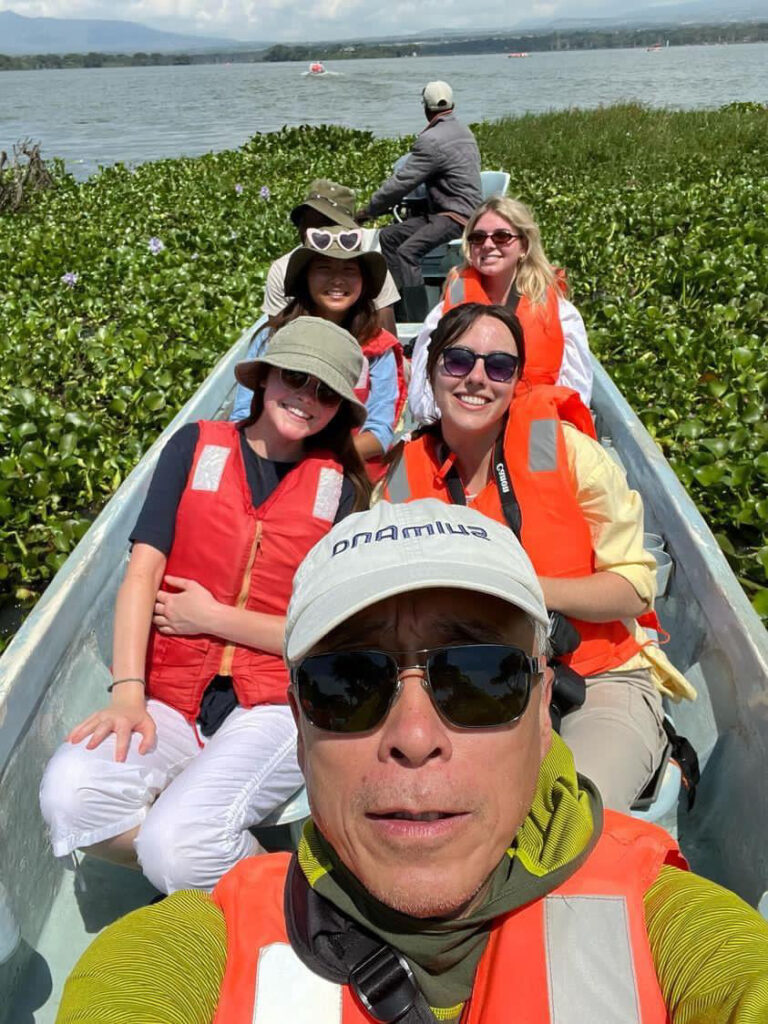
On the boat with Yuxiang
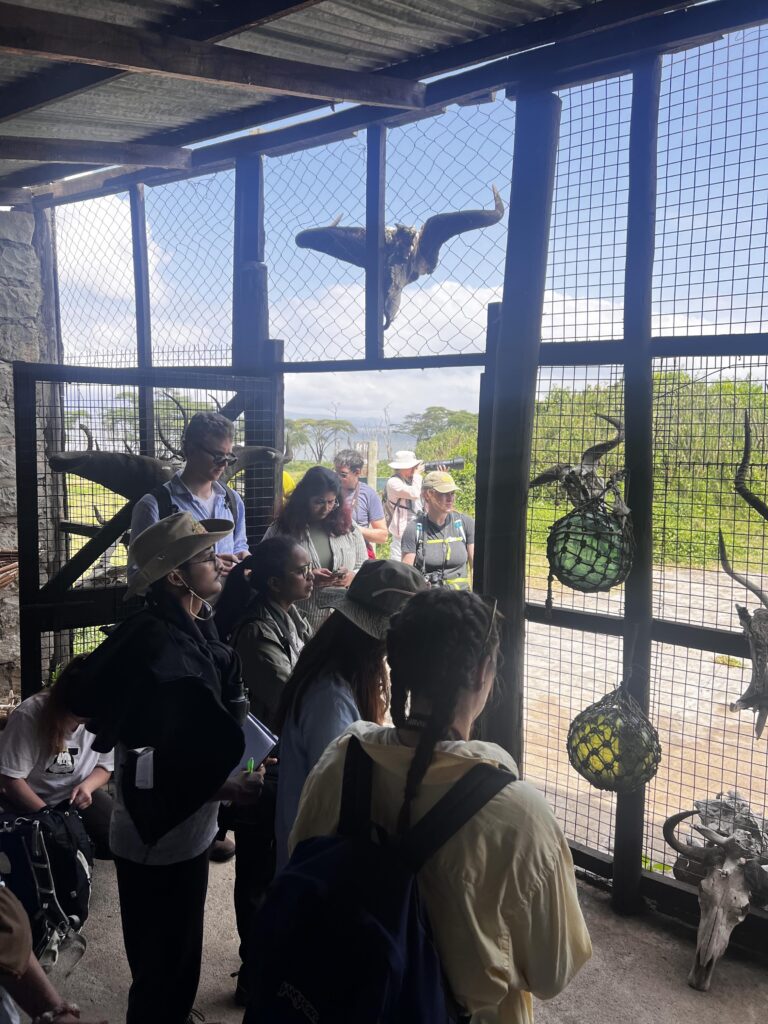
In the skull museum

Loading up the boats
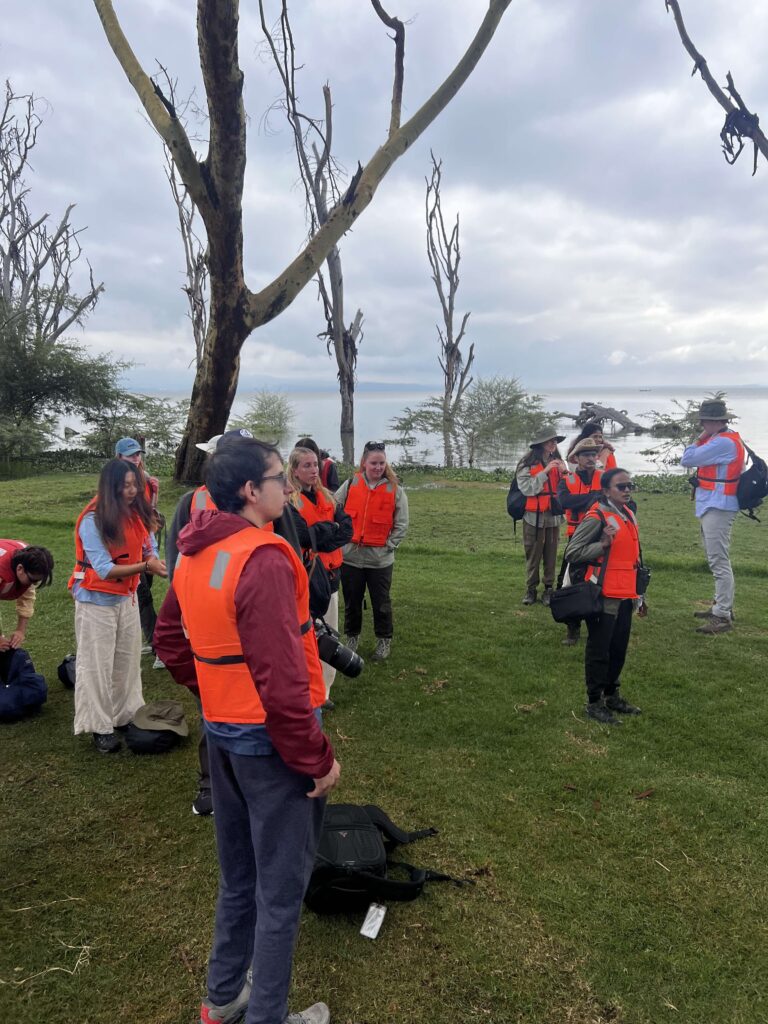
Assembling and putting on our life jackets
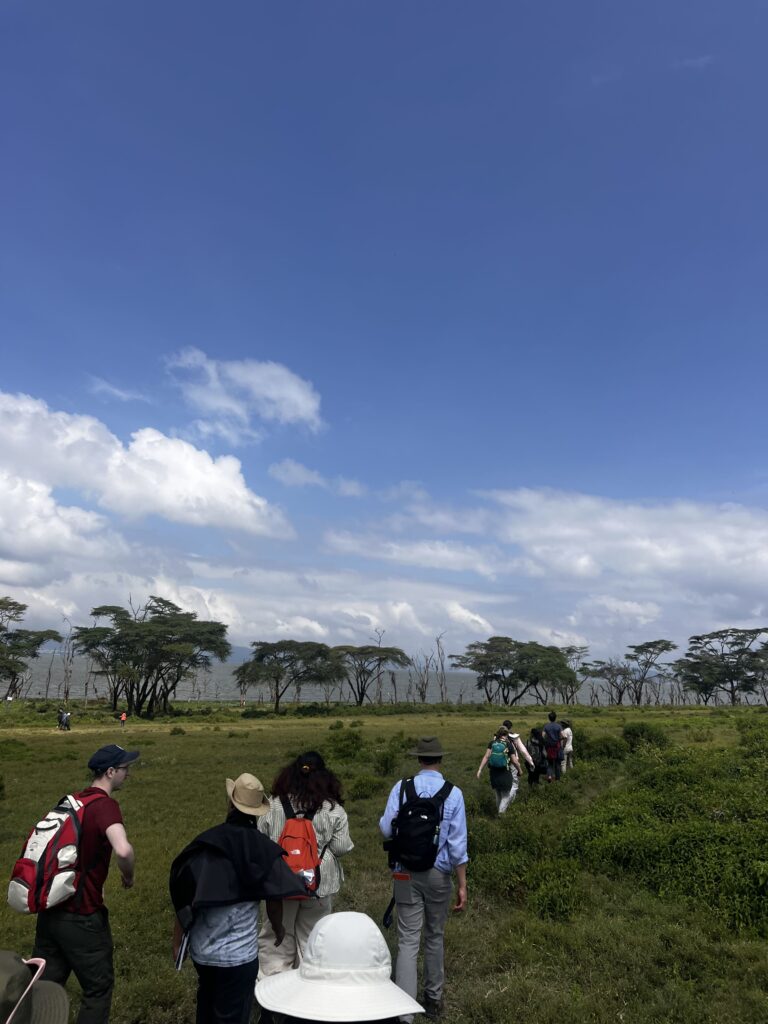
Hiking on Crescent Island
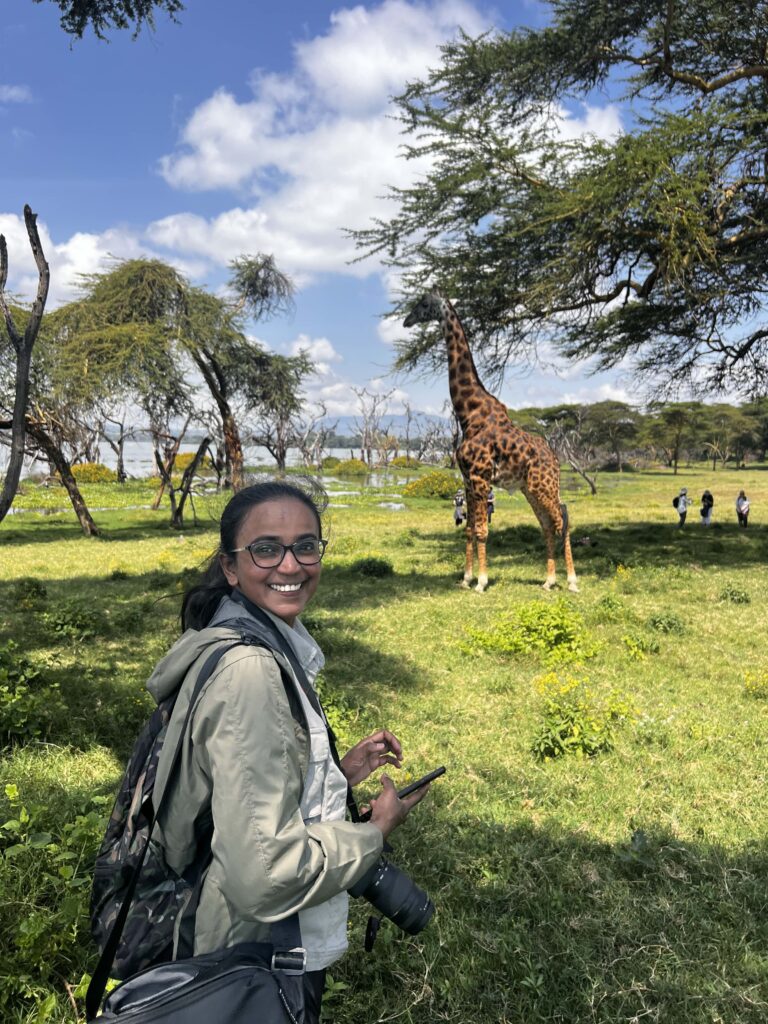
Dilini with giraffe. Dilini is the smaller one the foreground
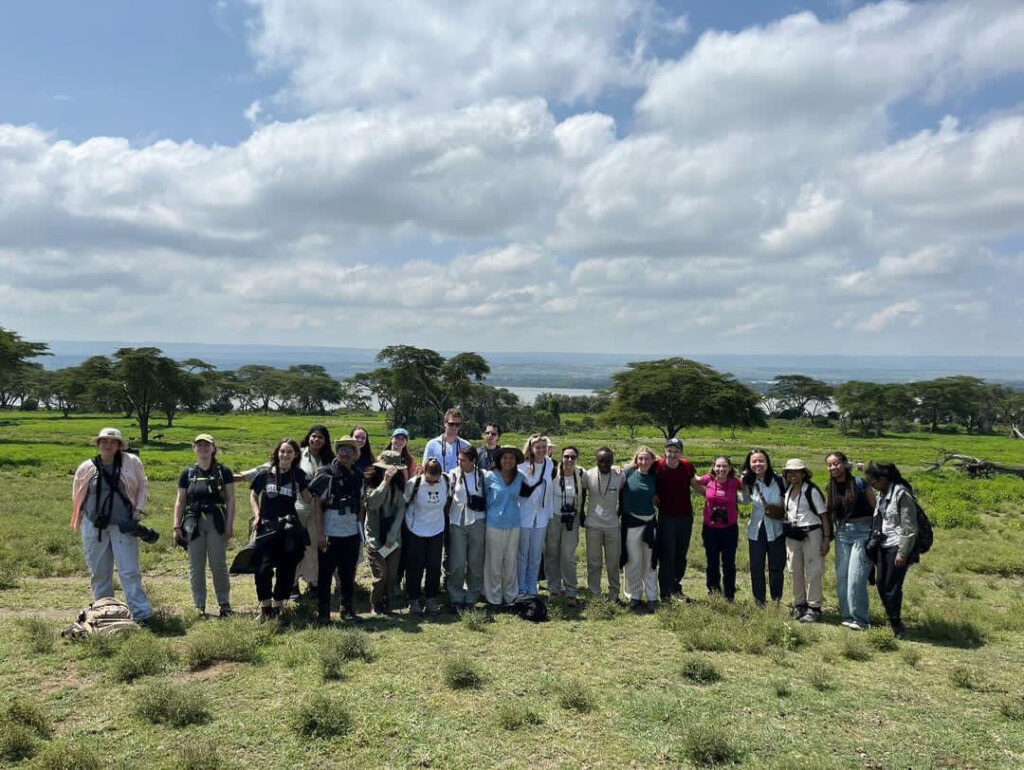
group shot on Crescent Island

giraffe close-up
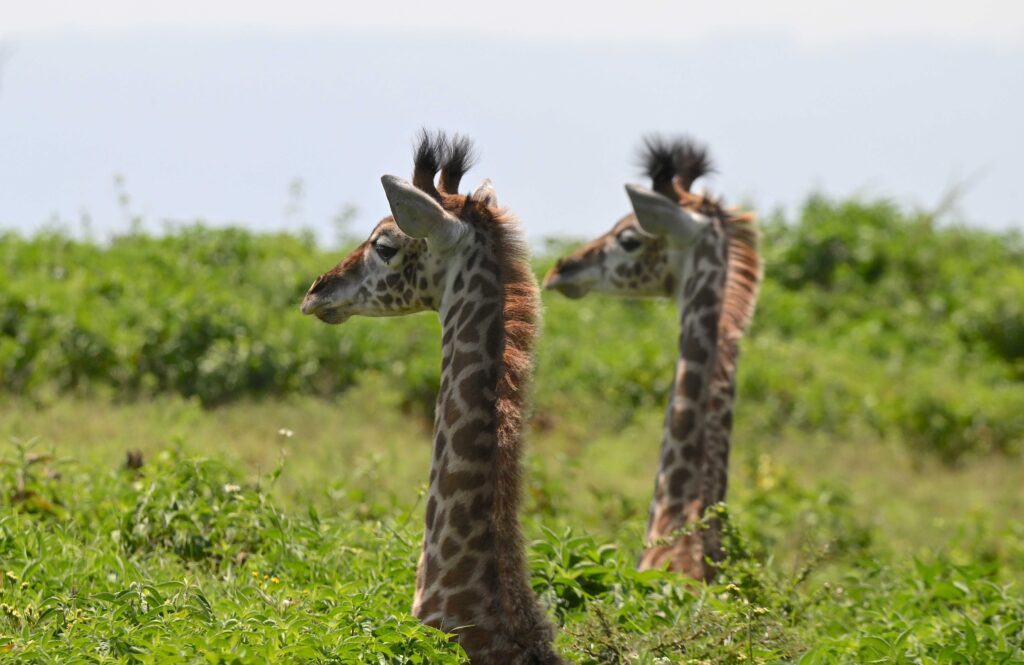
giraffe calves

male waterbuck
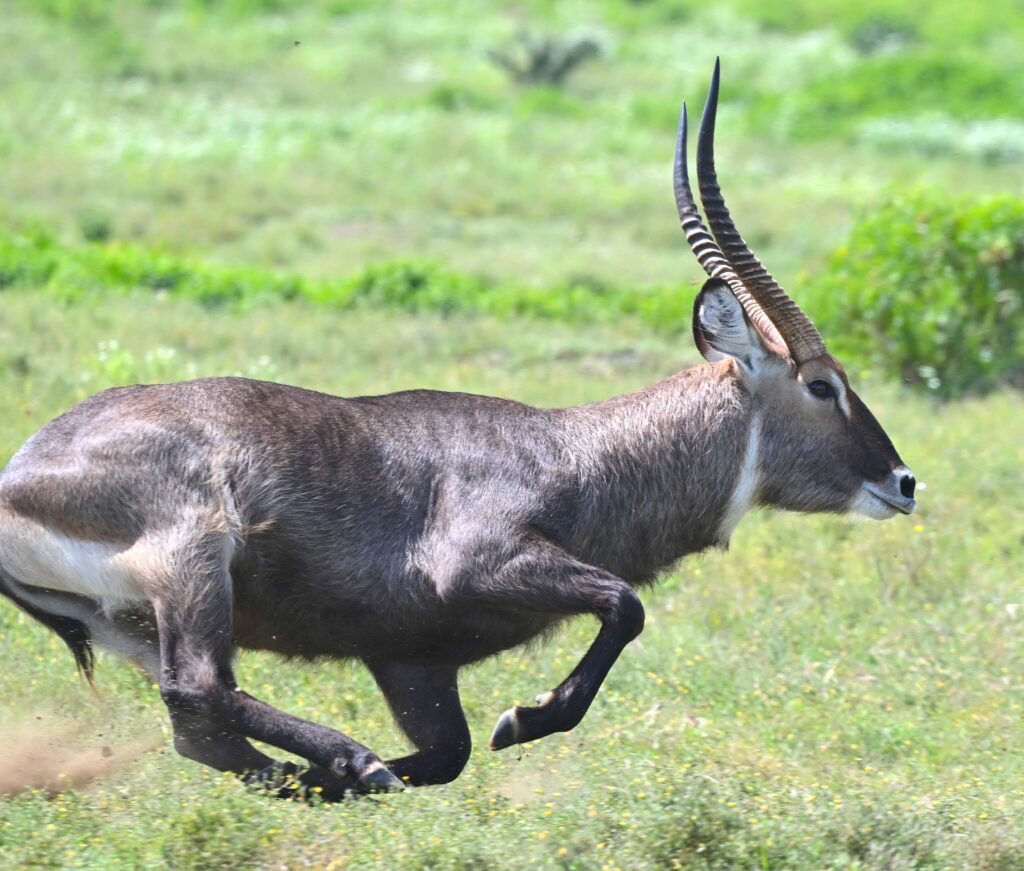
waterbuck in motion
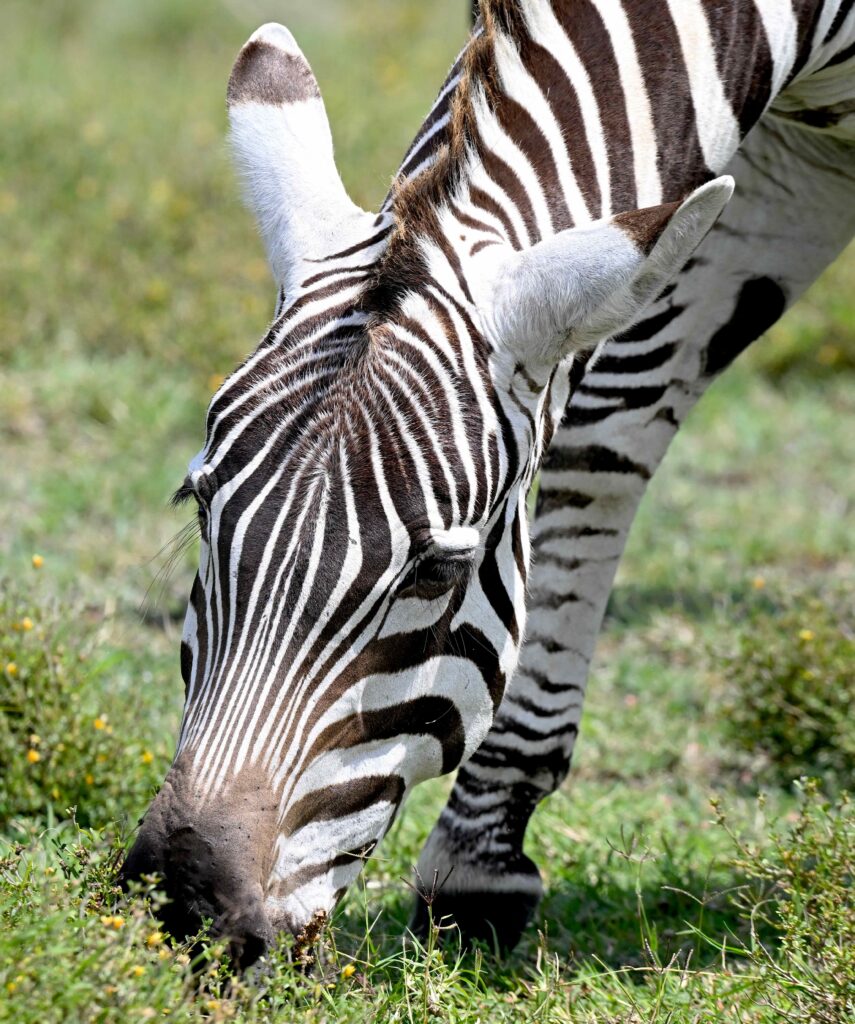
zebra close-up
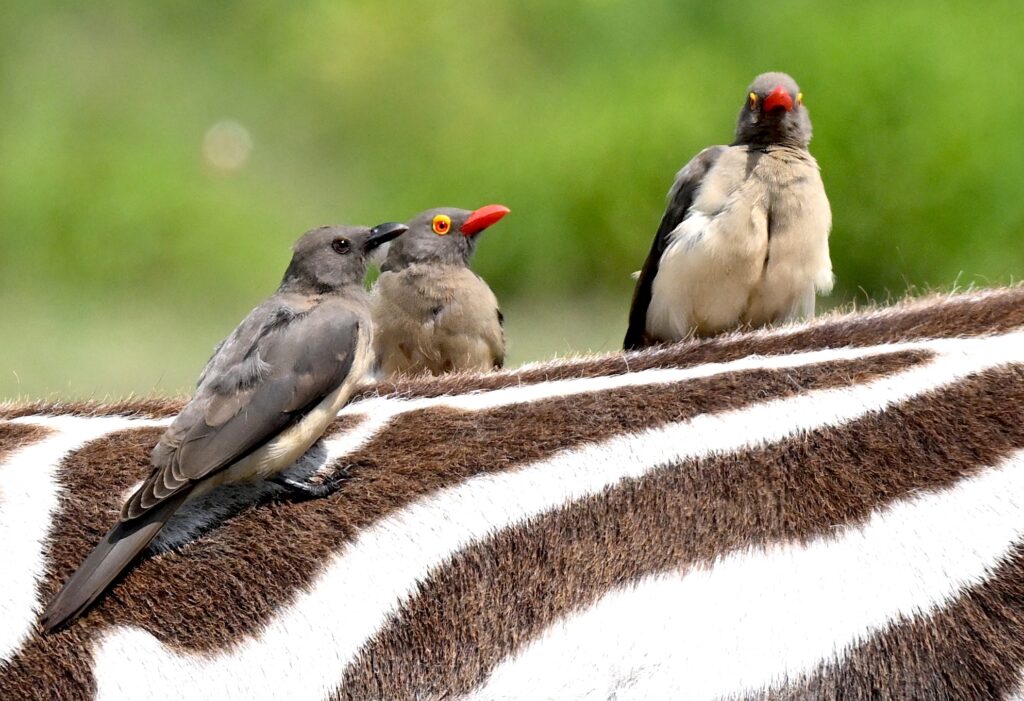
red-billed oxpeckers
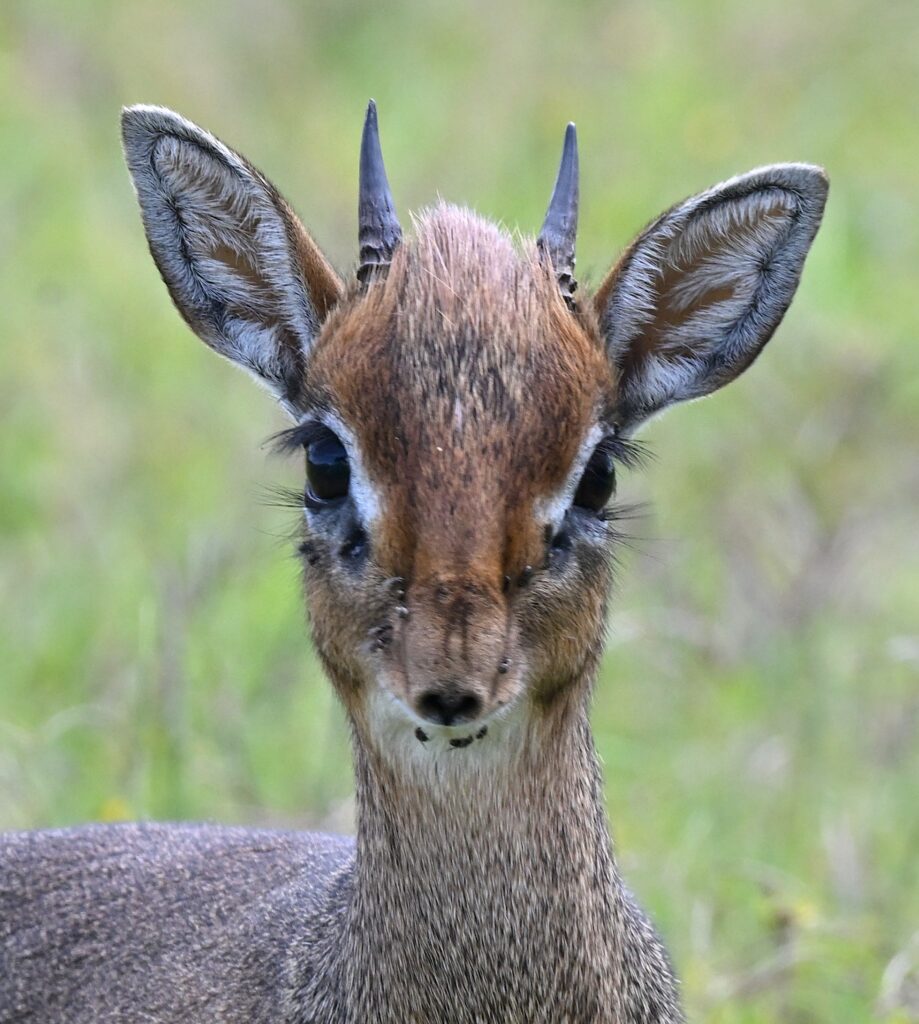
Kirk’s dik-dik
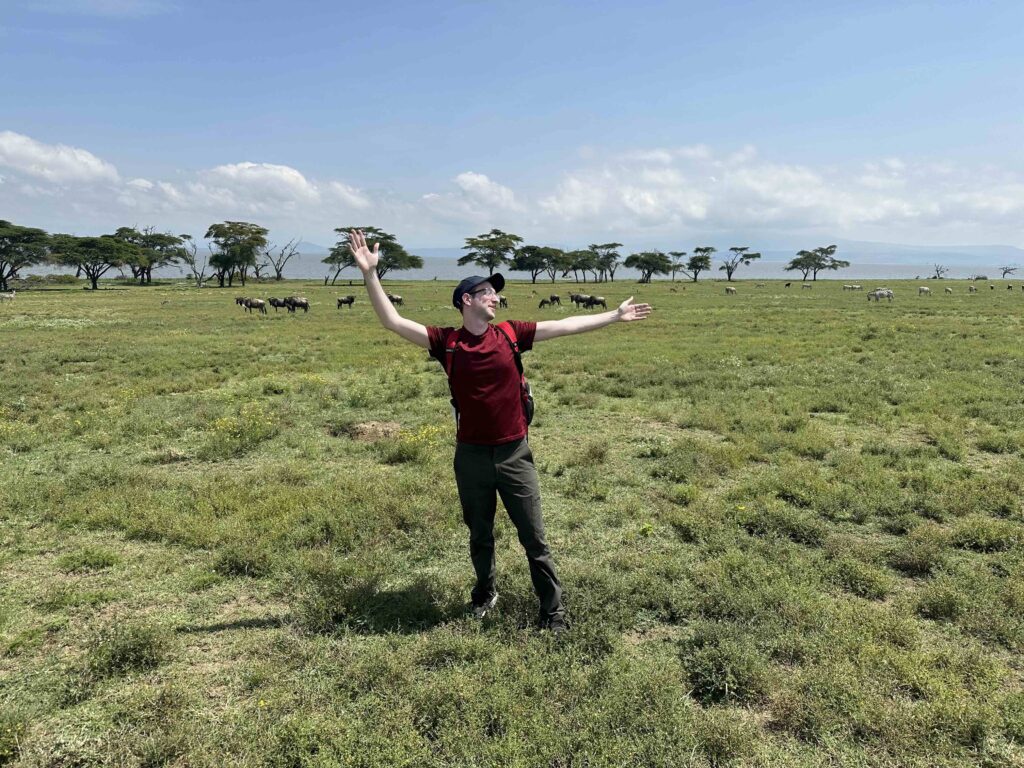
Adam overcome at the majesty of the small did-dik antelopes
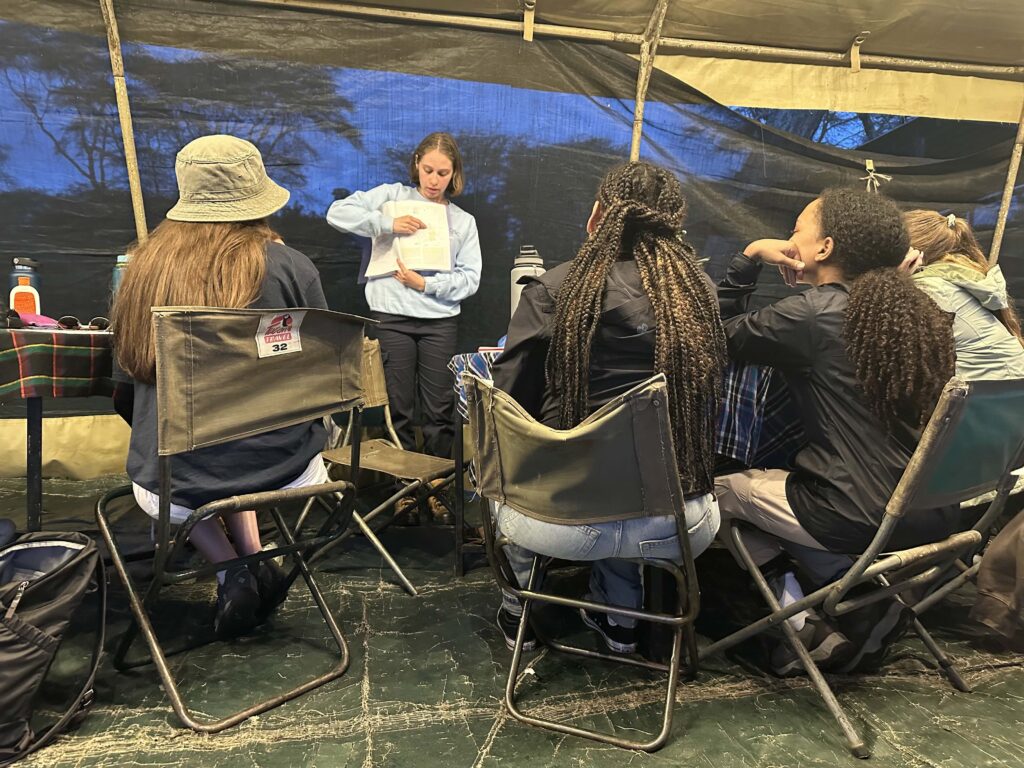
Brianna presenting her paper on ecosystem function
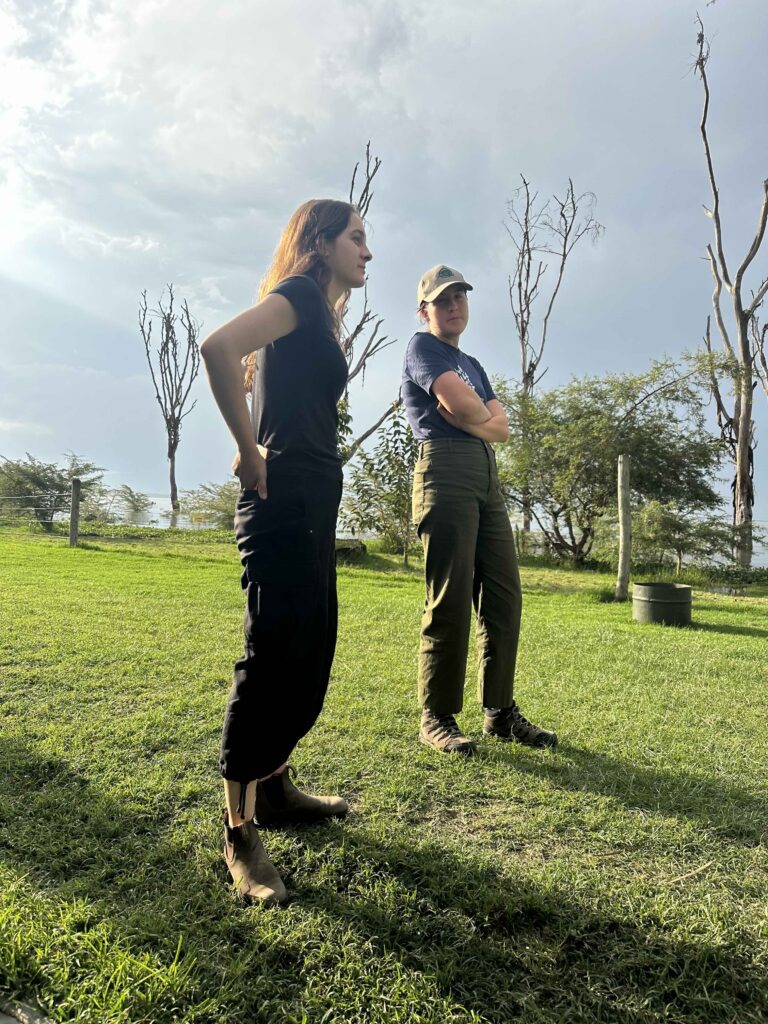
Isabella and Isobel on the shores of Lake Naivasha
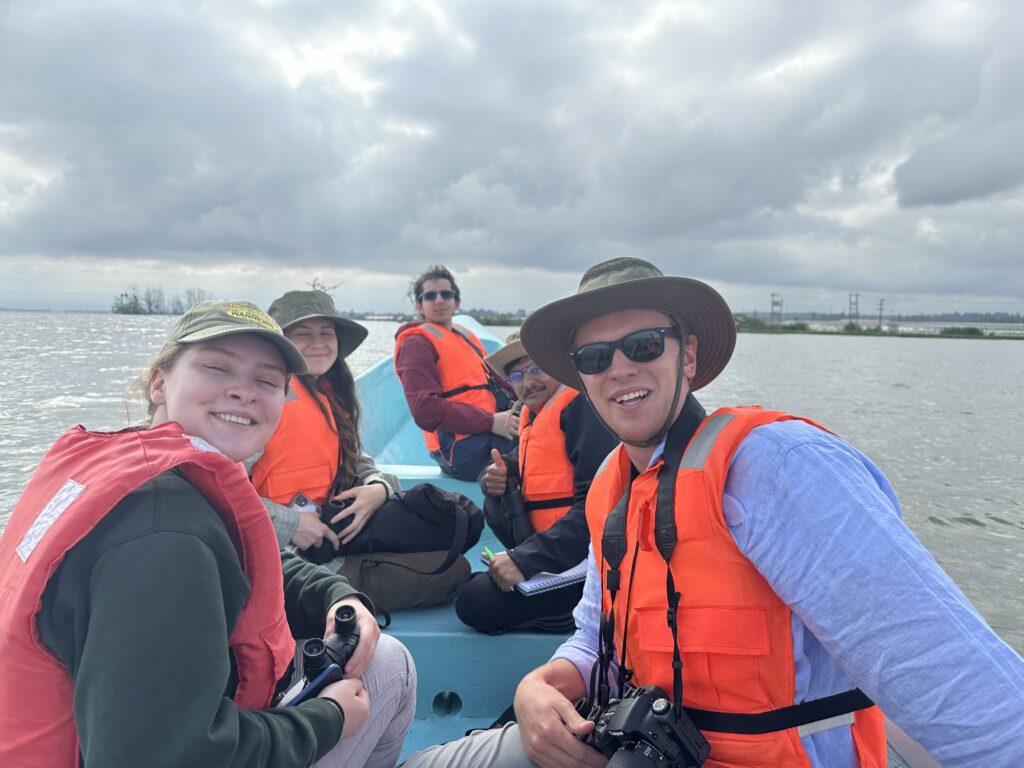
Sarah, Olin, Vikas, Rosstin and Lauren en route to Crescent Island
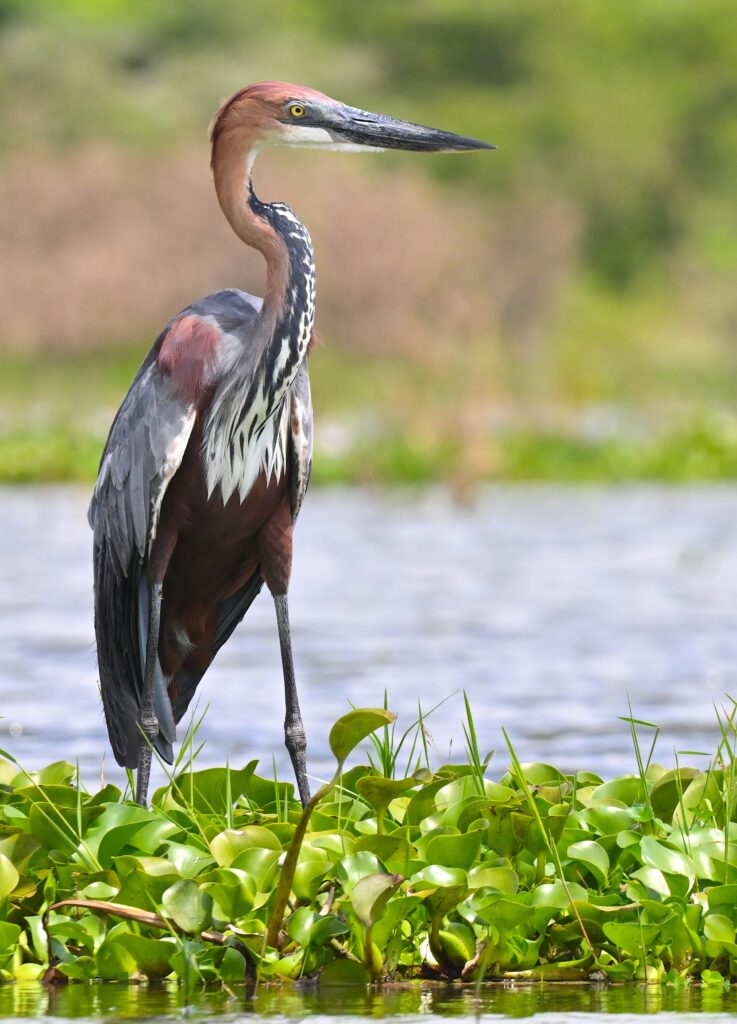
Goliath heron
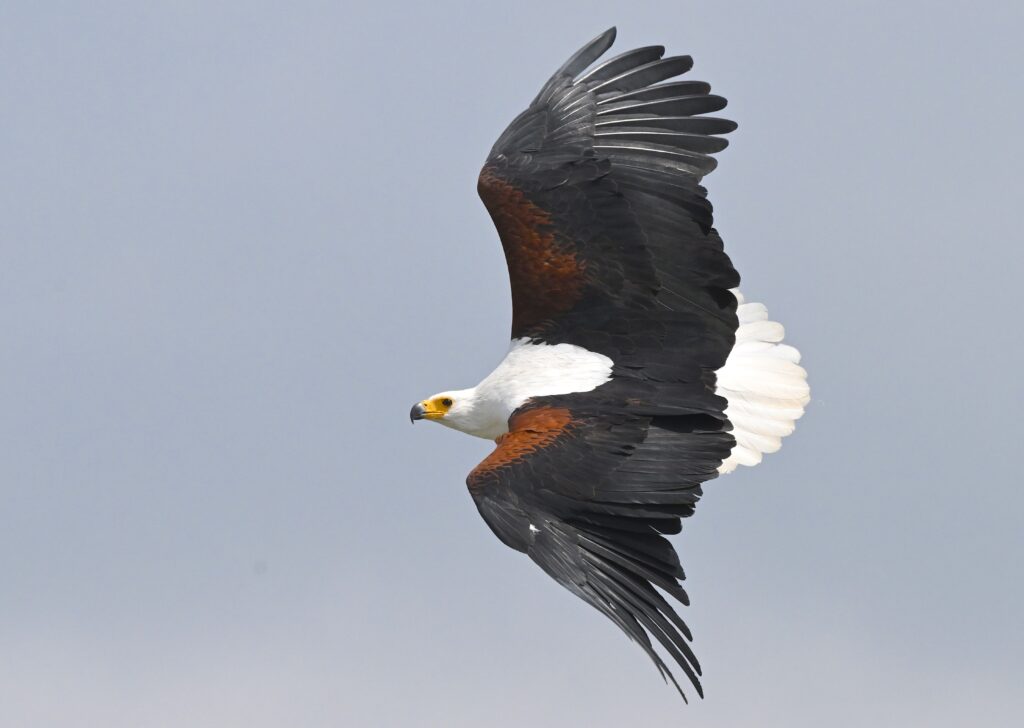
Fish eagle swooping by our boats
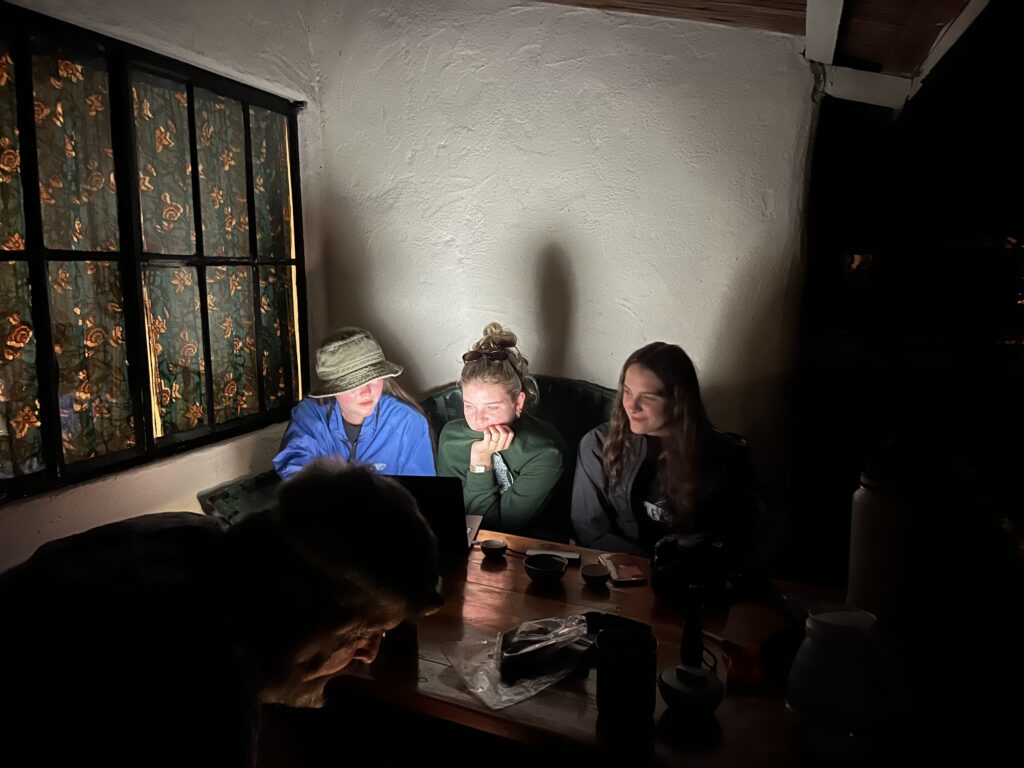
Writing the blog lit by the computer screen
